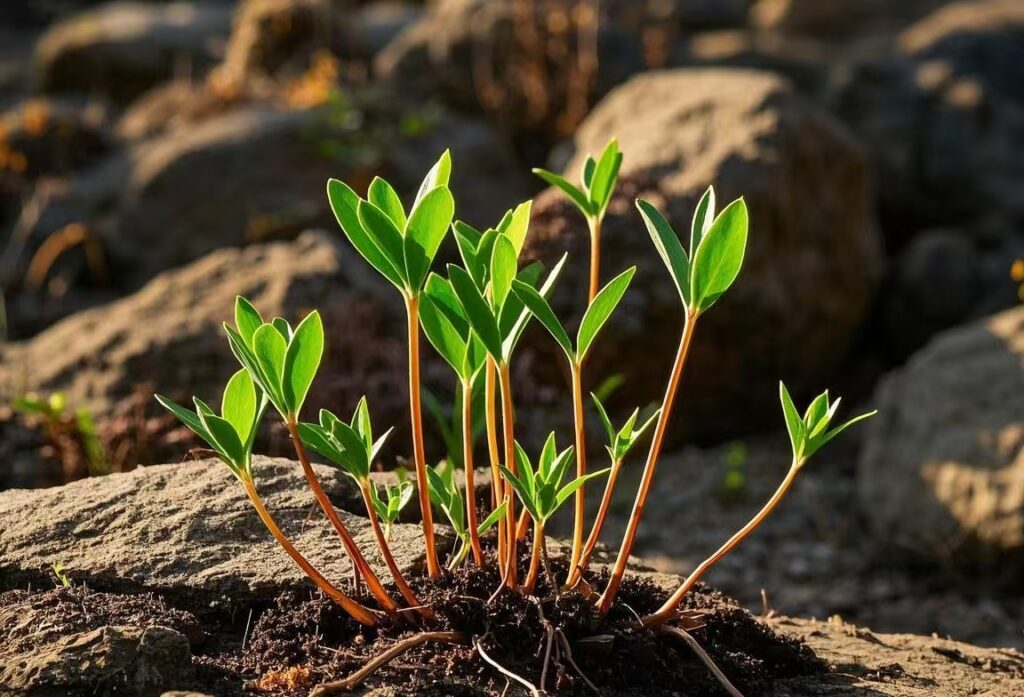If you live in USDA Hardiness Zone 6a, you experience cold winters with temperatures that can drop as low as -10°F to -5°F (-23°C to -21°C). However, with the right plants and strategies, you can enjoy a thriving garden year-round!
Best Plants for Zone 6a
Vegetables
Many vegetables grow well in Zone 6a, especially those that can handle cool weather.
- Spring & Fall Crops: Lettuce, spinach, kale, broccoli, carrots, peas, and radishes thrive in cooler temperatures.
- Summer Crops: Tomatoes, peppers, cucumbers, zucchini, corn, and beans do well when planted after the last frost.
- Perennial Vegetables: Asparagus and rhubarb can be planted once and enjoyed for years.
Fruits
Zone 6a provides an excellent climate for fruit-bearing plants.
- Berry Bushes: Blueberries, raspberries, and blackberries are hardy choices.
- Fruit Trees: Apples, pears, cherries, and plums do well with proper care.
- Strawberries: These perennials return year after year when properly mulched in winter.

Flowers & Ornamentals
- Perennials: Coneflowers, daylilies, hostas, peonies, and black-eyed Susans are great for low-maintenance gardens.
- Annuals: Marigolds, petunias, zinnias, and snapdragons add seasonal color.
- Bulbs: Tulips, daffodils, and hyacinths should be planted in fall for beautiful spring blooms.
Herbs
Many herbs grow well in Zone 6a, including basil, thyme, oregano, rosemary (in pots), chives, and mint. Some, like lavender and sage, can survive winter with proper mulching.
Gardening Tips for Zone 6a
- Know Your Frost Dates – The average last frost date is around mid-April to early May, and the first frost usually occurs in mid-October. Always check your local forecast before planting.
- Start Seeds Indoors – Extend your growing season by starting seeds indoors in late winter (February-March) for tomatoes, peppers, and other heat-loving crops.
- Use Mulch for Protection – A layer of mulch helps regulate soil temperature and moisture, keeping plants healthy.
- Choose Cold-Hardy Varieties – Look for plants labeled as cold-tolerant or suitable for northern climates.
- Extend the Season with Covers – Use row covers or cold frames to protect plants from unexpected frosts in spring and fall.
Conclusion

Gardening in Zone 6a offers a wide variety of plant choices, from cold-hardy vegetables to beautiful perennials. With careful planning and attention to frost dates, you can enjoy a productive and vibrant garden throughout the year. Happy gardening! 🌱


